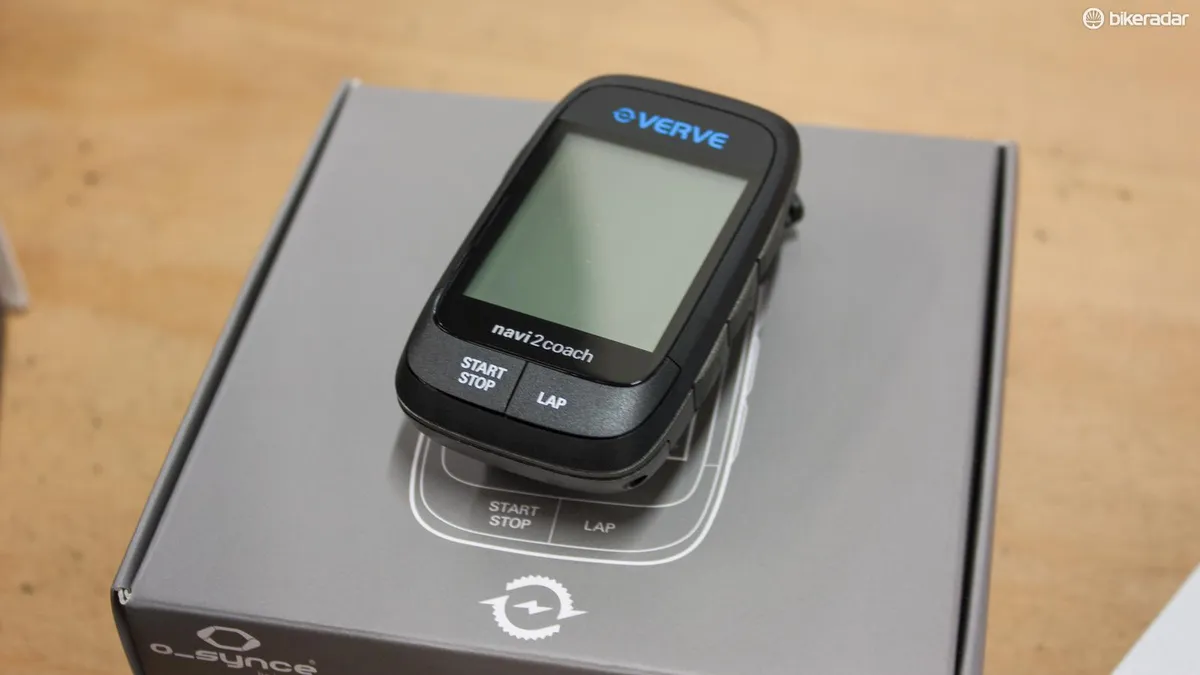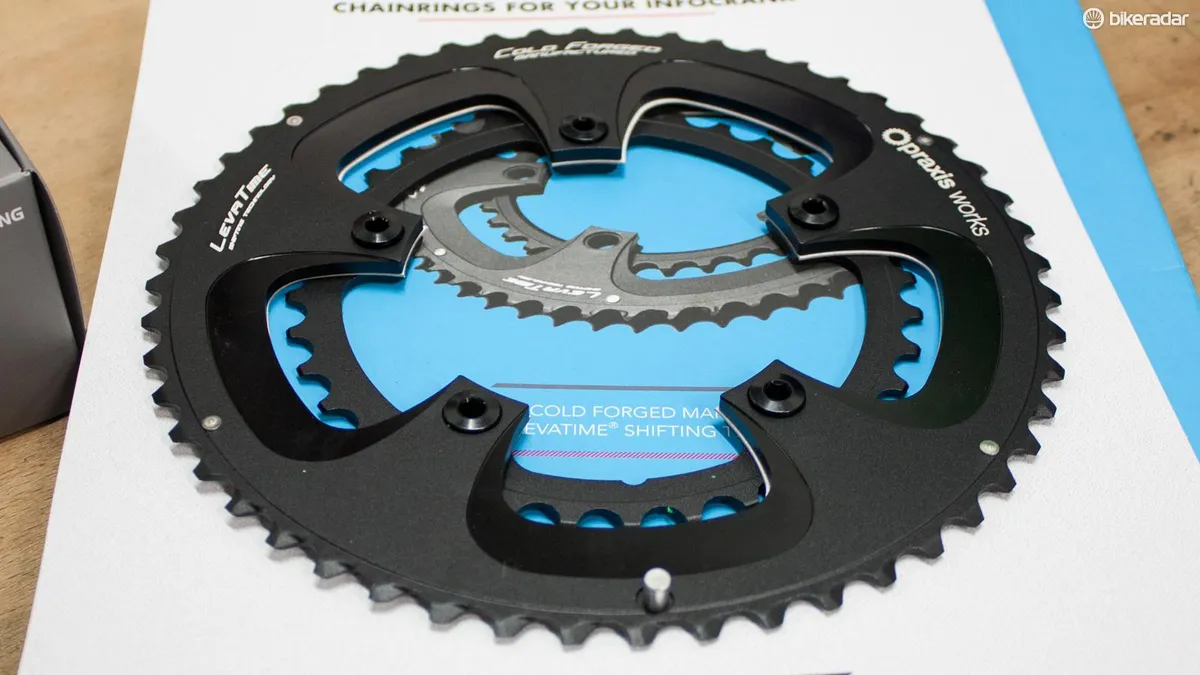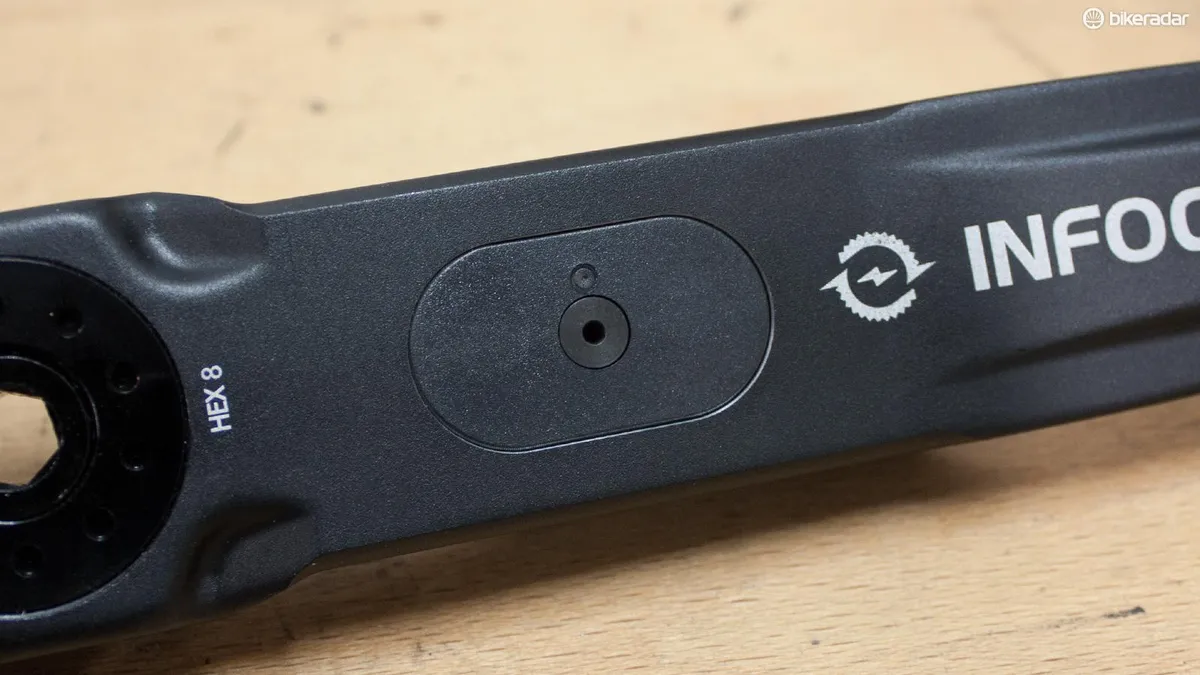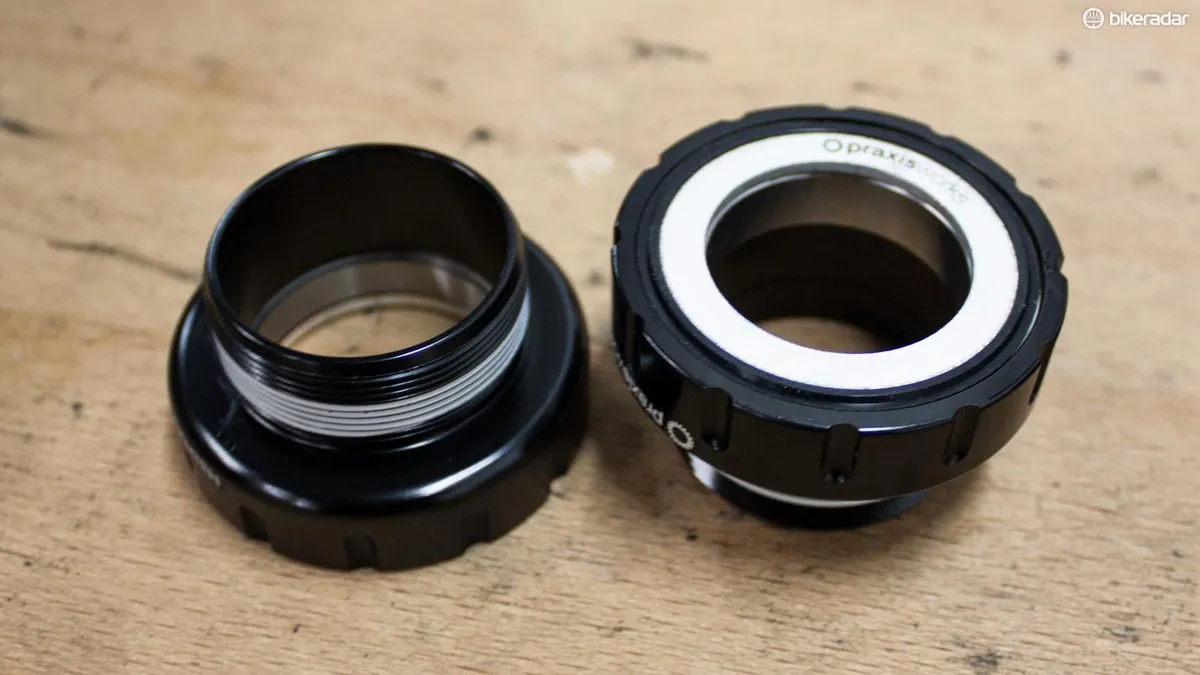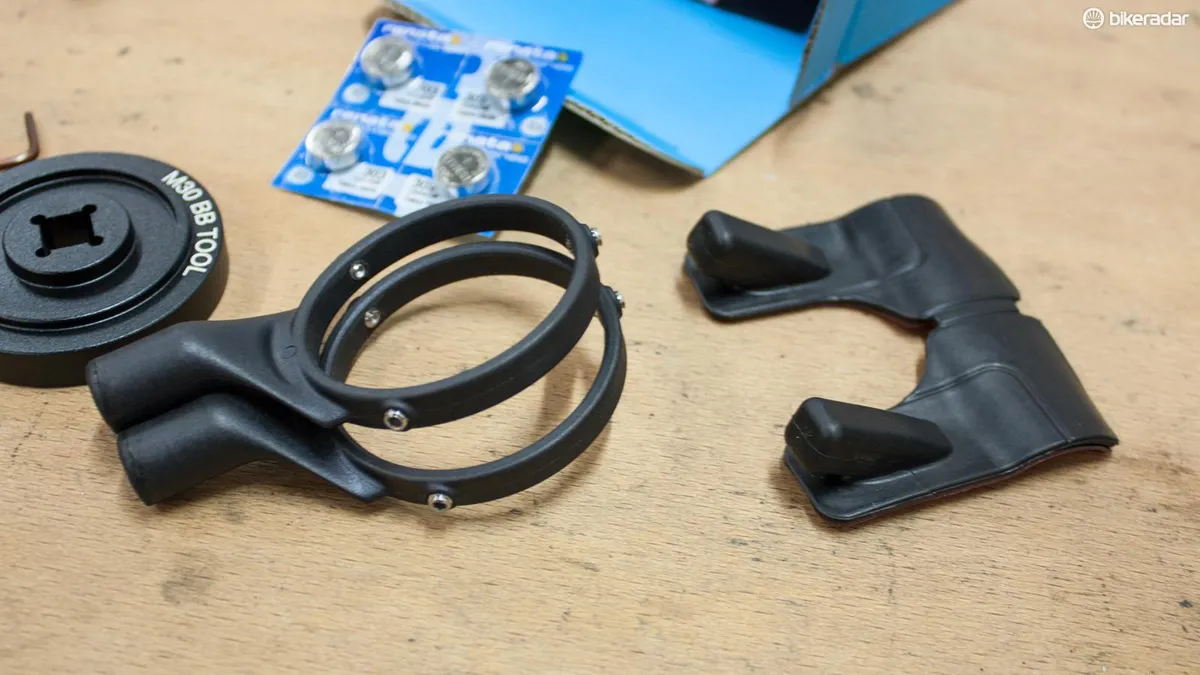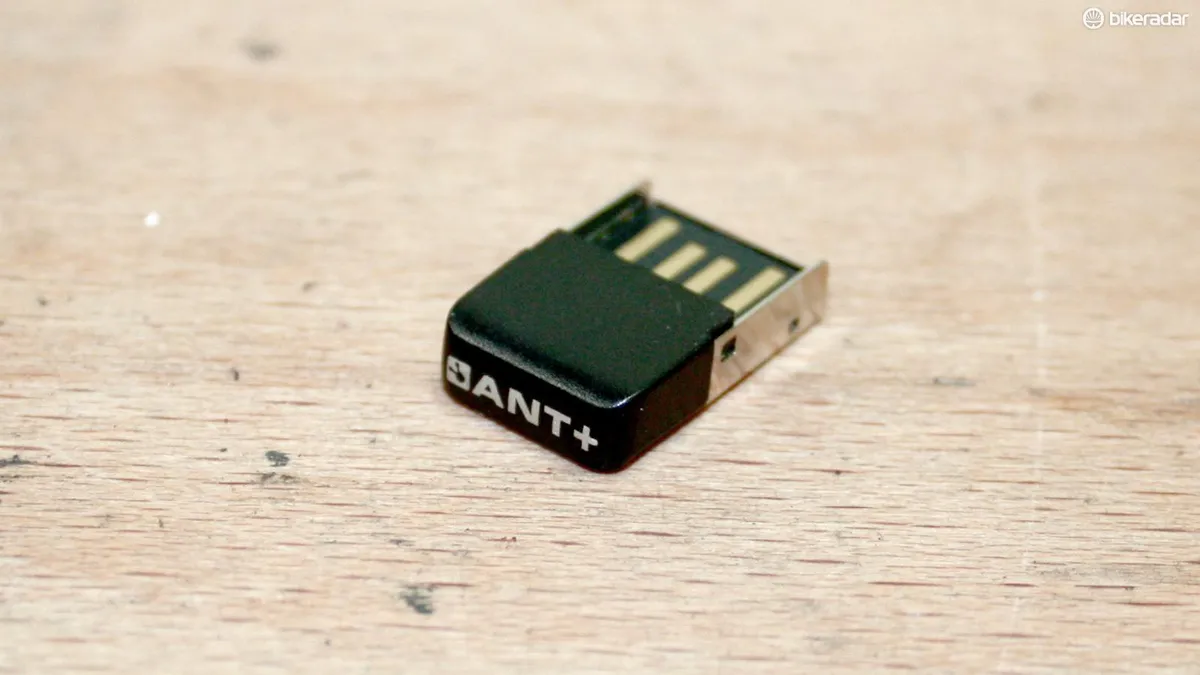Verve’s InfoCrank power meter is one of the most hotly anticipated pieces of gear to have passed through the BikeRadar office door in some time. The Australian company’s promise of perfect accuracy over both legs, get-on-and-ride practicality and a competitive £1,260 / US$1,995 / AU$1,999 price combine to make a tempting package that could make this the best power meter yet.
Accuracy claims
The crank arms and spider were designed from scratch to put the strain gauges, hidden in a load cell, in the path of torque so that only tangential force – that which pushes the bike forwards – and not twisting of the cranks registers in the output. Verve says this means unparalleled accuracy to the point where swapping bikes or riders has no effect on the quality of the data – it remains consistent, repeatable and reliable, whatever the temperature. Verve also says that any two InfoCranks will be accurate to within 0.5 percent of each other.
The InfoCrank’s development began as a project with the Australian Institute of Sport to test the accuracy and drift of its riders’ power meters. Now the design has come to fruition, Verve says that, with a variance of less than 0.2Nm, the InfoCrank is twice as accurate as an SRM (a product Verve holds in high esteem).
The difference in quality of data between the InfoCrank and other power meters, Verve claims, is such that sports scientists will be able to draw meaningful data from multiple riders’ power files for the first time. This is something that's been impossible in the past and which could yield valuable information on improving performance.

The load cell is placed so that only tangential force is measured
Robbie McEwan, star sprinter and multiple green jersey winner at the Tour de France, has joined Verve as a brand ambassador and said: “I’ve ridden on just about everything there is out there, and InfoCrank is the best power meter I’ve had the pleasure of using.
“It has all the info you could wish for – real-time bilateral power, pedal balance, torque efficiency, and all in a robust form packaged in the crankset. The validity of the data is of top importance when using a power meter to train on, and InfoCrank has the highest degree of accuracy you can get.”
The InfoCrank uses a magnet and reed switch for its cadence measurement, as opposed to an accelerometer as seen on the Rotor Power meter (and now Quarq). Each revolution is logged as the switch passes a magnet that has to be mounted to the frame – either stuck on or clamped to the BB cups.
While the idea of magnets sounds a bit old fashioned these days, Verve says that because road surfaces are never perfectly smooth, the accelerometer’s readings are easily affected, making it difficult to actually identify a cadence trigger. The reed switch doesn’t suffer from this issue and can also be used to wake the unit from power down sleep mode.
In discussions with BikeRadar, Verve said that some riders might be surprised by the difference in figures between the InfoCrank and other power meters, with the latter reading significantly lower in some of the company’s head-to-head tests. Verve claimed this is down to the inaccurate nature of other units, which rely on complex mathematical models to estimate wattage, rather than exact readings.
We’ll be testing our InfoCrank against other power meters over the coming weeks to see how they compare.
In-use practicality
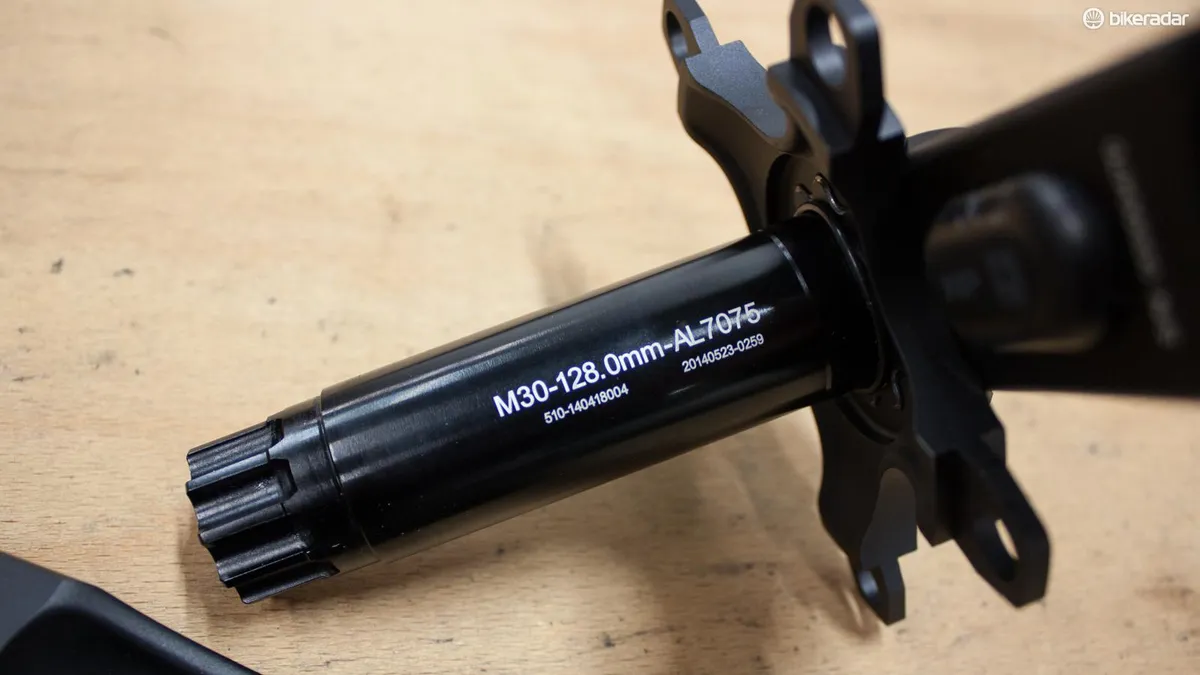
Coming with chainrings, BB cups and a 30mm spindle, the InfoCrank is compatible with the vast majority of frames
Coming complete with Praxis Works chainrings and BB, end users have everything they need to install the InfoCrank, which has a 30mm spindle. Once it’s on, there’s no zeroing either unless the cranks take a knock in a crash, you just get on a ride.
The unit is also waterproof and shock resistant and the batteries, which are easy to change at home, last 500 hours – or as Verve puts it, if you ride for three hours a day for four days a week, you’ll only need to replace once a year.
Data is transmitted through ANT+ making the InfoCrank compatible with most power-friendly head units including Verve’s own Navi2Coach (an O-Synce branded unit), Garmin and Mio (Magellan in the US).
Because the regular InfoCrank uses a 110BCD (the Classic model is 130BD), chainring options are the great-for-hills 50/34T compact or the all-round sensible 52/36T setup. The standard five-bolt spider means you can use any standard aftermarket rings too.
Price, market comparison and weight
With a retail price of £1,260 / US$1,995 / AU$1,999 / €1,533, the InfoCrank is competitively priced in the dual-legged power meter market. Factor’s Power Crank, which is also specced with Praxis Works Leva Time chainrings – and is probably the closest to the InfoCrank in terms of design – comes in at £2,000 and isn’t currently available in the US. Rotor Power costs £1,550 ($2,400) without rings while Garmin’s Vector is £1,199 (US$1,699).
The InfoCrank also does well against SRM, which is widely regarded as the pro’s tool of choice (for now), with the German units starting at £1,599 with basic FSA Gossamer cranks. Its price holds up well against Quarq’s top-end units, which retail (without rings) for $1650 / €1467 / £1249, though without true dual-leg measurement.
Like SRM, Powertap is a tried and tested unit for consistent, repeatable data. Powertap is unique in that the power meter is integrated into the rear hub. Value can be fantastic (they start at £699 / US$899 / AU$TBC) but if you want race-day hoops, you’ll want the deep section carbon versions, which come in at £1,649 / US$1,850 / AU$TBC.
In the mid-range, the InfoCrank looks a little expensive compared with Quarq’s entry-point Riken R (£949 / US$1250 / €1111) or Power2Max’s FSA Gossamer setup (£785), which gather data from both legs, even if that data isn’t split for analysis.
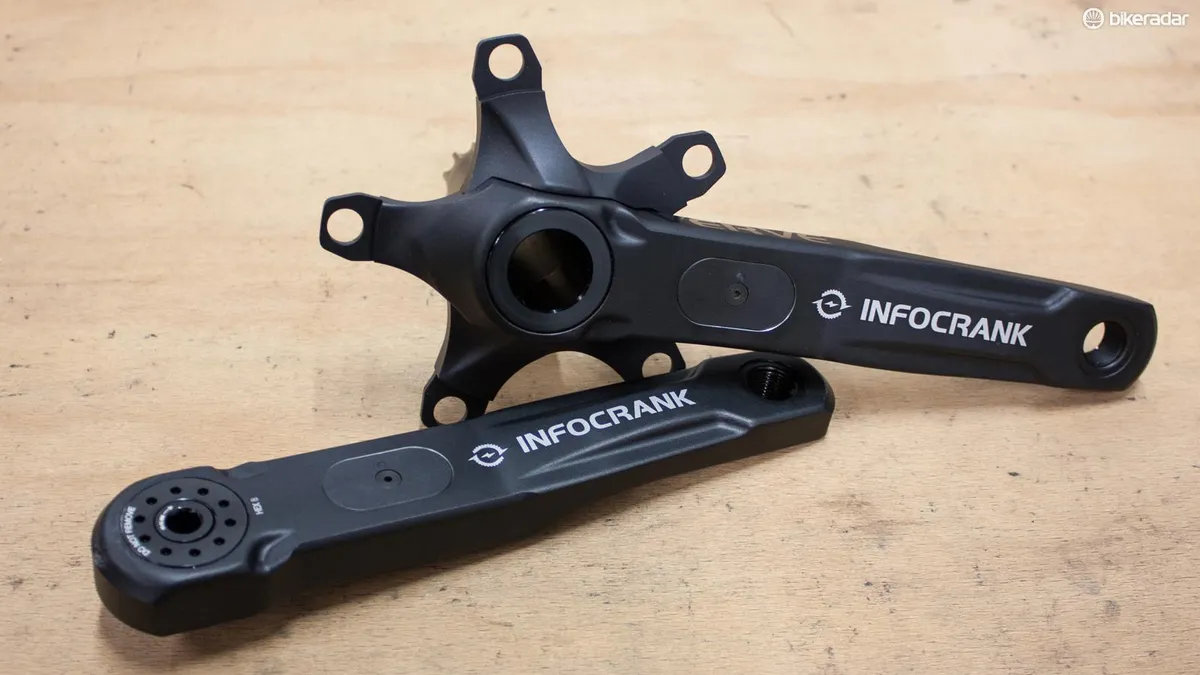
InfoCrank stacks up well against its double-legged competitors, but is more expensive than some units that don't split left/right data
One-legged power meters are cheaper still at £799 (US$1,490 / €990 / AU$1,441) for the Rotor LT and the same for a Dura-Ace Stages unit (£799 / US$899 / AU$999). Of course, these are potentially the most inaccurate of all power meters, doubling one leg’s power – fine if you’re pretty even (one of our testers had a four per cent variability – see our Stages review here), but not so good if one leg is more dominant.
Our InfoCrank setup (including rings and BB) weighs in at 945g (cranks 689g, rings 142g, BB 114g) compared with 860g for the Factor, 732g for the Rotor and 428g for the Garmin Vector (not including BB), so there is a weight penalty here compared with those units.
We’re going to get plenty of miles in with the InfoCrank and our control meter to see how consistent the data is, and to get a feel for what could be the most practical power meter yet. Stay tuned for a full review.

